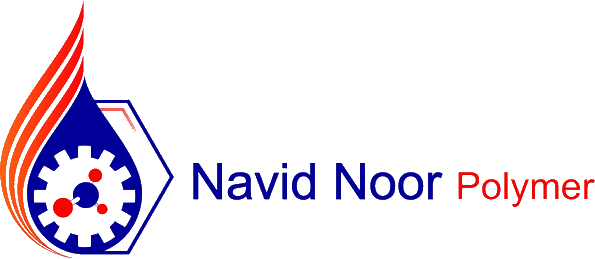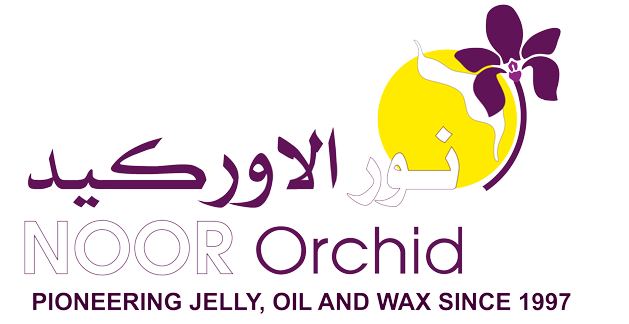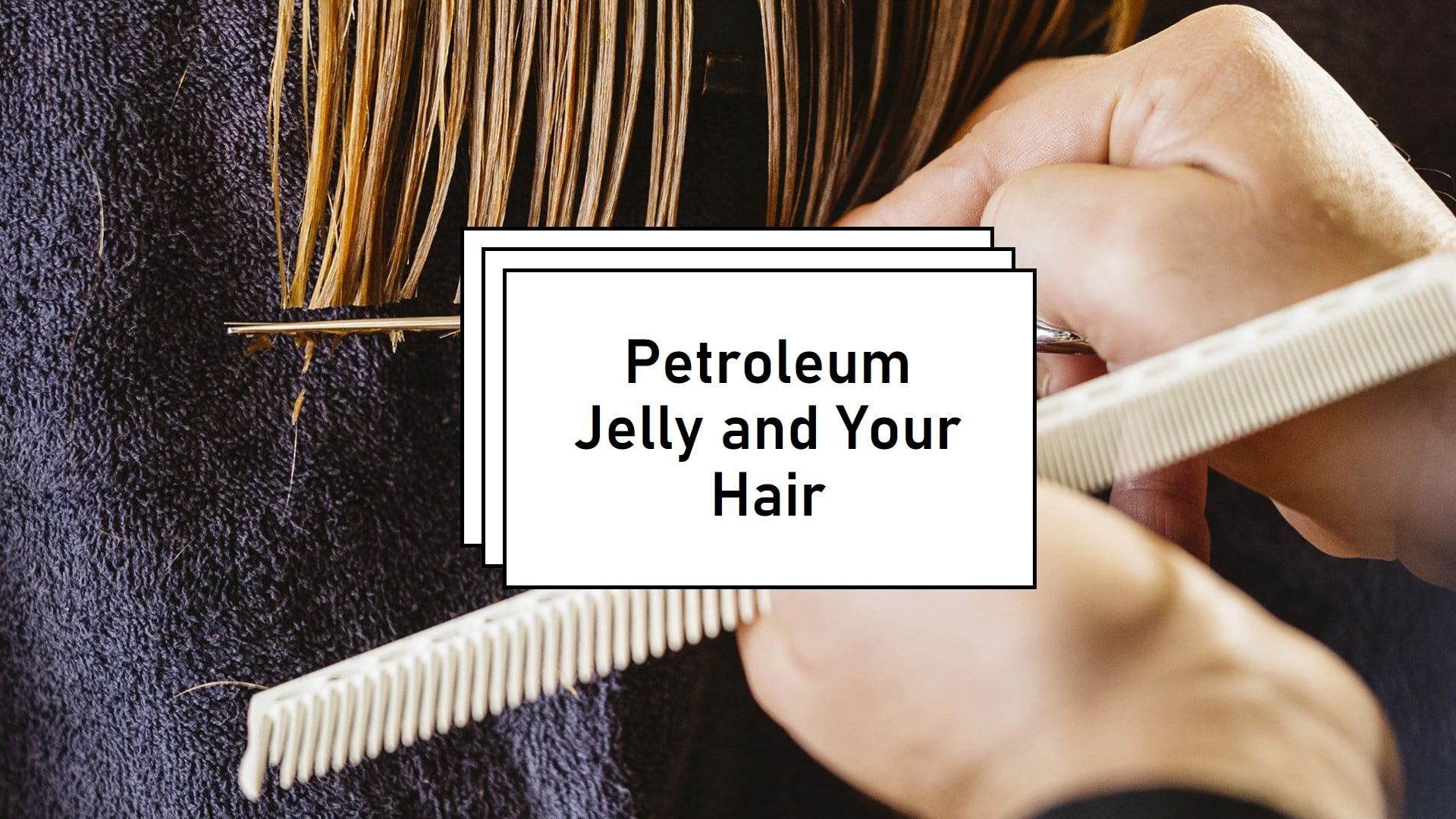Introduction
Commonly recognized under the Vaseline brand, petroleum jelly is a flexible substance with great moisturizing and protecting qualities. Although it’s usually used to nourish and calm dry skin, some individuals also treat their hair for other reasons. Still up for contention, however, is whether petroleum jelly may harm hair. The possible impacts of petroleum jelly on hair health will be discussed in this blog article along with its advantages, drawbacks, and optimal use guidelines.
Clarifying Petroleum Jelly
Made of hydrocarbons taken from petroleum, petroleum jelly is a semi-solid combination. For more than a century, it has been a moisturizer and skin protection barrier. Its thick, greasy feel helps it to effectively seal in moisture and stop water loss.
Attributes of Petroleum Jelly
Watering
On the surface of the skin, petroleum jelly creates a barrier that locks in moisture and helps to avoid dryness. Its occlusive qualities help it to be a good emollient for softening and moisturizing the skin.
Protective Obstacle
Petroleum jelly’s thick viscosity provides a protective layer that guards the skin from environmental irritants and toxins. This barrier function preserves skin hydrated and helps to stop moisture loss.
Using Petroleum Jelly for Hair
Advantages of Petroleum Jelly
Retention Of Moisture
Effective for dry, frizzy hair, petroleum jelly may assist in locking moisture into the hair shaft. Lock in moisture to help to enhance hair texture and reduce breakage.
Scalp Fitness
Applying petroleum jelly to the scalp might assist in calming dryness and inflammation. By hydrating and nourishing the skin, it may also provide relief from disorders such scalp psoriasis and dandruff.
Possible Problems Using Petroleum Jelly
Buildup
Using petroleum jelly on hair raises significant issues mostly related to accumulation. Petroleum jelly is thick and fatty, hence with time it may build up on the hair and scalp and give a greasy, weighted-down look.
Blocking Pores
Potential clogging of hair follicles and pores on the scalp by petroleum jelly may aggravate conditions like acne and folliculitis. For those with oily or acne-prone skin especially, this may be rather troublesome.
How to Use Petroleum Gel on Hair Safety-wise
Use these pointers to reduce damage risk and optimize petroleum jelly’s advantages for hair:
Use sparing petroleum jelly to prevent build-up and weigh-down. To stop greasiness, pay more attention to the ends of the hair than the roots.
Avoid Scalp Application: Limit petroleum jelly application on the scalp to prevent possible irritation and pore blocking. Rather, concentrate on using it to the ends and lengths of the hair.
Use as a Treatment: Rather than a daily style product, sometimes treat with petroleum jelly. Apply it to moist hair, let it on for several hours or overnight, then completely wash it off.
Natural Hair Care Products
If you worry about the possible hazards of using petroleum jelly on your hair, think about choosing substitute hair care products with same advantages without any negative effects. There are many substitutes for petroleum jelly for hair including:
Lightweight and fast absorbed into the hair, coconut oil, argan oil, and jojoba oil provide nourishment and shine free from buildup.
Designed to hydrate and detangle hair without leaving a greasy behind, leave-in conditioners For optimum outcomes, go for lightweight and non-greasy products.
Research and Expert Opinions
Haircare Professionals
Petroleum jelly should not be used on hair, many hair care professionals warn, because of the possibility of accumulation and pore blocking. For best hair condition, they advise using milder, more hair-friendly products.
Results of Research
Although little scientific study especially on the effects of petroleum jelly on hair exists, anecdotal evidence points to its ability to help to seal moisture into the hair shaft. Still, care should be taken to prevent accumulation and maybe scalp problems.
Final Thought
Although petroleum jelly has many advantages for hair, like moisture retention and scalp calming, it also brings hazards including accumulation and pore plugging. Petroleum jelly should be used sparingly and avoided on the scalp if one wants to safely put it on hair. Investigating other hair care products might also provide comparable advantages free from the possible negative effects. Knowing the possible hazards and advantages of using petroleum jelly on hair will help you decide how often to include it into your hair care regimen.

This is Kamran Malekian working in the petroleum jelly manufacturing industry for Navid Noor Company since 2013 I am eager to make content in this industry and have a good impact on professional users and people using cosmetic and pharmaceutical products.










No comment